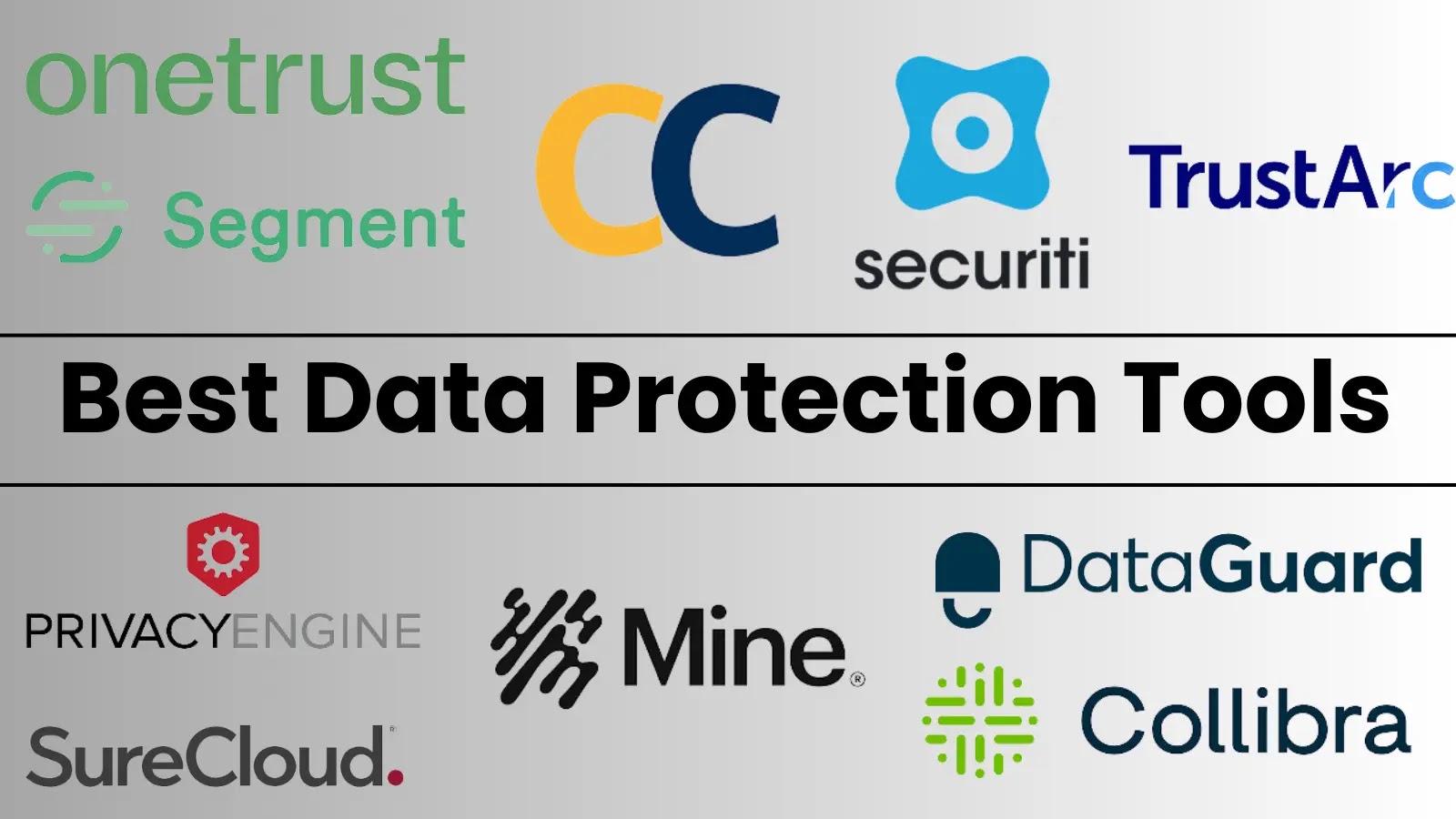Understanding Firewall Tools: The First Line of Defense
In today’s digital landscape, cyber threats are constantly evolving, making robust security measures essential for businesses and individuals alike. Firewalls, acting as the first line of defense, play a crucial role in data protection by monitoring and filtering incoming and outgoing network traffic. This blog delves into the different types of firewalls, top firewall tools, key features, and best practices for effective implementation.
Introduction: The Role of Firewalls in Data Protection
Firewalls are network security tools that act as barriers between trusted internal networks and untrusted external networks. By enforcing security rules, firewalls help prevent unauthorized access, detect malicious activity, and protect sensitive information. As part of a broader cybersecurity strategy, firewalls are vital for blocking threats and minimizing the risk of data breaches.
Types of Firewalls: Software, Hardware, and Cloud-Based Firewalls

Firewalls come in different forms, each suited to specific network security needs:
- Software Firewalls:
- Overview: These firewalls are installed on individual devices (computers, servers) to monitor and control network traffic. They offer flexibility and customization for specific security needs.
- Best For: Personal devices, small networks, and endpoint protection.
- Examples: Windows Defender Firewall, ZoneAlarm.
- Hardware Firewalls:
- Overview: These are physical devices positioned between an internal network and an external network (e.g., the internet). Hardware firewalls offer a dedicated, high-performance solution for filtering network traffic.
- Best For: Large enterprises, data centers, and corporate networks.
- Examples: Cisco ASA, Fortinet FortiGate.
- Cloud-Based Firewalls:
- Overview: Also known as firewall-as-a-service (FWaaS), these firewalls provide security controls in cloud environments, protecting cloud-based applications, data, and infrastructure.
- Best For: Organizations using cloud services, remote work setups, and hybrid environments.
- Examples: Palo Alto Networks Prisma, Zscaler Cloud Firewall.
Top Firewall Tools: Comparison of Popular Firewall Software

Here are some of the most effective firewall tools based on security, ease of use, and deployment capabilities:
- Cisco ASA
- Pros: Offers comprehensive network protection, intrusion prevention, and VPN support; integrates well with other Cisco products.
- Cons: Complex setup; requires expertise for full deployment.
- Best For: Large enterprises needing high-performance firewalls with VPN and advanced security features.
- Fortinet FortiGate
- Pros: Provides strong threat detection, web filtering, and application control. It has both physical and virtual options.
- Cons: Steeper learning curve; can be expensive for small businesses.
- Best For: Medium to large organizations seeking advanced threat protection.
- Palo Alto Networks NGFW (Next-Generation Firewall)
- Pros: Offers deep packet inspection, cloud integration, and real-time threat intelligence.
- Cons: High cost; may require additional training for configuration.
- Best For: Organizations with cloud infrastructure looking for next-gen threat protection.
- Sophos XG Firewall
- Pros: Provides user-friendly interfaces, advanced threat protection, and synchronized security with other Sophos products.
- Cons: Limited advanced features in the basic versions.
- Best For: Small to medium-sized businesses needing comprehensive yet affordable network security.
- pfSense (Open Source)
- Pros: Highly customizable, open-source, and offers robust network protection features.
- Cons: Configuration can be complex for non-experts.
- Best For: Tech-savvy users, small businesses, and budget-conscious organizations.
Key Features: Intrusion Detection, Traffic Filtering, and Malware Blocking

The effectiveness of a firewall depends on its key features:
- Intrusion Detection & Prevention (IDPS): Advanced firewalls can detect and prevent intrusion attempts by identifying suspicious patterns and blocking malicious traffic in real-time.
- Traffic Filtering: Firewalls use rules to filter traffic based on IP addresses, protocols, ports, and packet inspection, allowing only authorized data to pass through.
- Malware Blocking: Many firewalls come with built-in antivirus or antimalware capabilities, helping to detect and block known threats before they reach internal networks.
- Application Control: This feature helps control and monitor the use of specific applications, identifying risky behavior and preventing unauthorized applications from running.
- VPN Support: Firewalls often include VPN features that allow secure remote access, enabling employees to access internal networks safely from remote locations.
Implementing Firewalls: Best Practices for Configuring and Managing Firewalls

For effective deployment and management of firewalls, follow these best practices:
- Define Security Policies: Start by creating comprehensive security policies outlining what traffic should be allowed or denied.
- Regularly Update Rules: As network needs change, regularly review and update firewall rules to adapt to new security requirements and threats.
- Enable Logging and Monitoring: Configure the firewall to log all activity, allowing real-time monitoring and quick responses to suspicious behavior.
- Segment the Network: Use firewalls to create network segments that separate sensitive data from general traffic, improving security and reducing breach risks.
- Implement Strong Authentication: Combine firewalls with multi-factor authentication (MFA) to enhance access control and prevent unauthorized users from bypassing security.
Common Mistakes: Avoiding Pitfalls When Using Firewall Tools

While firewalls are essential for cybersecurity, there are common mistakes to avoid:
- Misconfigured Rules: Incorrect or overly permissive rules can leave networks exposed. Ensure that firewall rules are precise and regularly reviewed.
- Ignoring Updates: Failing to update firewall software and firmware can result in vulnerabilities. Regular updates are critical to maintaining firewall effectiveness.
- Lack of Monitoring: Without real-time monitoring, even the best-configured firewalls can be bypassed by sophisticated attackers. Implement continuous monitoring for optimal security.
- Over-Reliance on Firewalls: While firewalls are vital, they should be part of a multi-layered security strategy, including antivirus software, DLP, and endpoint protection.
Conclusion: The Importance of Firewalls in a Comprehensive Security Strategy
Firewalls are a fundamental component of network security, providing a crucial barrier against external threats. By filtering traffic, detecting intrusions, and blocking malware, they form the first line of defense in cybersecurity. Implementing the right firewall tools, coupled with best practices, can significantly enhance data protection and minimize the risk of breaches. For businesses, investing in reliable firewalls is a critical step toward a more secure digital environment.


